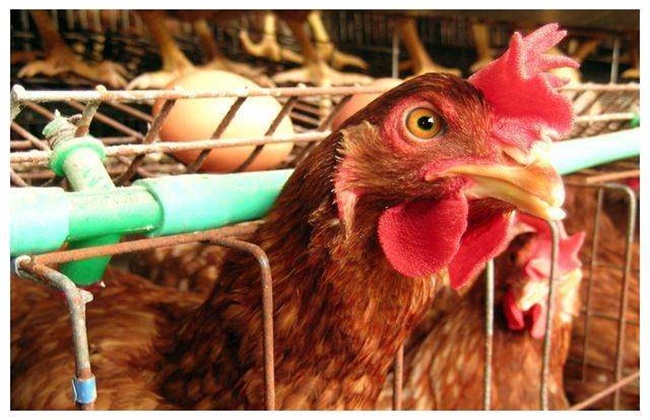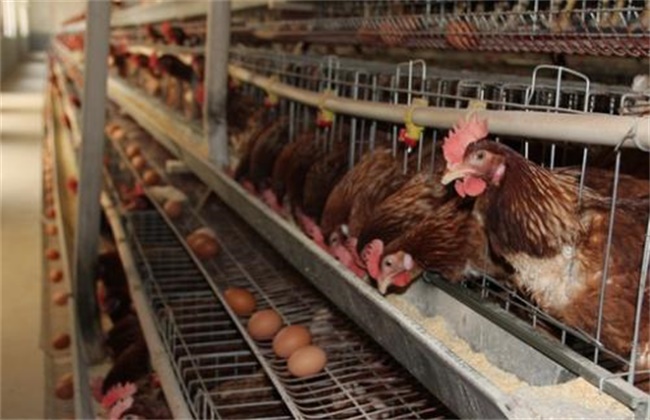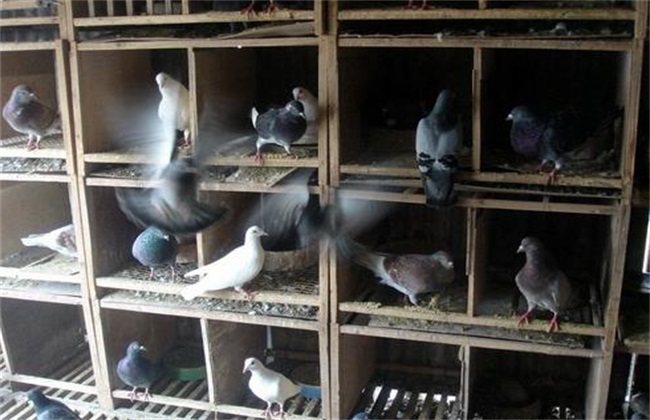Artificial forced molting method for laying hens
Under natural conditions, laying hens usually molt and stop production in about a year, and the natural suspension period can be as long as 4 months, which not only requires a lot of feeding cost, but also the egg laying rate is very low and the eggshell quality is inconsistent. it greatly restricts the economic benefits of the chicken industry. Through artificial forced molting, shortening the molting time, prolonging the laying life of laying hens, laying neatly, increasing egg weight and improving egg quality after molting is a very good measure. So how can layers be forced to molt manually? Come and have a look with the editor.

1. The method of forced molting of laying hens
1. Drug method
That is, in the feed, the content of zinc oxide or zinc sulfate in the field accounts for 2% of the feed, 2.5% of the feed, continuously supplied for a week, the normal feed is fed on the eighth day, all production is stopped on the 10th day, and eggs can be relaid within three weeks.
2. Starvation method
This is a traditional molting method, which makes it appropriate for laying hens to lose 1/3 of their weight during the suspension period. after 9-10 days, the light is shortened to 2 hours in the first two weeks, supplying only drinking water, and then increasing the light for one hour a day to supply feed and drinking water. until the light is extended to 14 hours. The protein in the diet is 16%, and the calcium is 1.1%. After the egg production begins to pick up, the calcium is raised to 3.6%, and the laying hens stop production within a week. Molting begins on the tenth day and molting ends after 35-45 days.
3. Drug starvation method
First of all, the laying hens should be cut off from water and feed for 2 days, and at the same time, the light should also be stopped, and then drinking water should be restored. at the same time, 2.5% zinc sulfate or zinc oxide should be added to the feed to allow the hens to feed freely for about six and a half days. On the tenth day, the normal feeding and light returned to normal, and the molting began after 3-5 days. Generally, the production was completely stopped after two weeks, and the eggs could be laid again after three weeks. The egg production peak was reached after six weeks, and the egg production rate was as high as 70% and 75%.
II. Points for attention
Compared with natural molting, artificial molting has the advantages of short time, neat laying after molting, increase of egg weight, improvement of egg quality and decrease of egg breaking rate, but we should also pay attention to several points. First of all, the flock of chickens should choose the flock with high laying rate in the first year, and the laying hens can only choose healthy chickens, because only healthy chickens can withstand the strong stress of cutting off water and feeding, and if they are sick and weak, they will die quickly in the process of cutting off water and feeding. Molting should also pay attention to economic factors, chicken flock conditions and climatic conditions, molting is strictly prohibited in high and low temperature seasons, generally choose natural molting in autumn is forced molting, the effect is better.
The above is the introduction of artificial molting of laying hens. I hope it can help you. If you want to know more about it, please pay attention to us.
Related
- On the eggshell is a badge full of pride. British Poultry Egg Market and Consumer observation
- British study: 72% of Britons are willing to buy native eggs raised by insects
- Guidelines for friendly egg production revised the increase of space in chicken sheds can not be forced to change feathers and lay eggs.
- Risk of delay in customs clearance Australia suspends lobster exports to China
- Pig semen-the Vector of virus Transmission (4)
- Pig semen-the Vector of virus Transmission (3)
- Five common causes of difficult control of classical swine fever in clinic and their countermeasures
- Foot-and-mouth disease is the most effective way to prevent it!
- PED is the number one killer of piglets and has to be guarded against in autumn and winter.
- What is "yellow fat pig"? Have you ever heard the pig collector talk about "yellow fat pig"?



